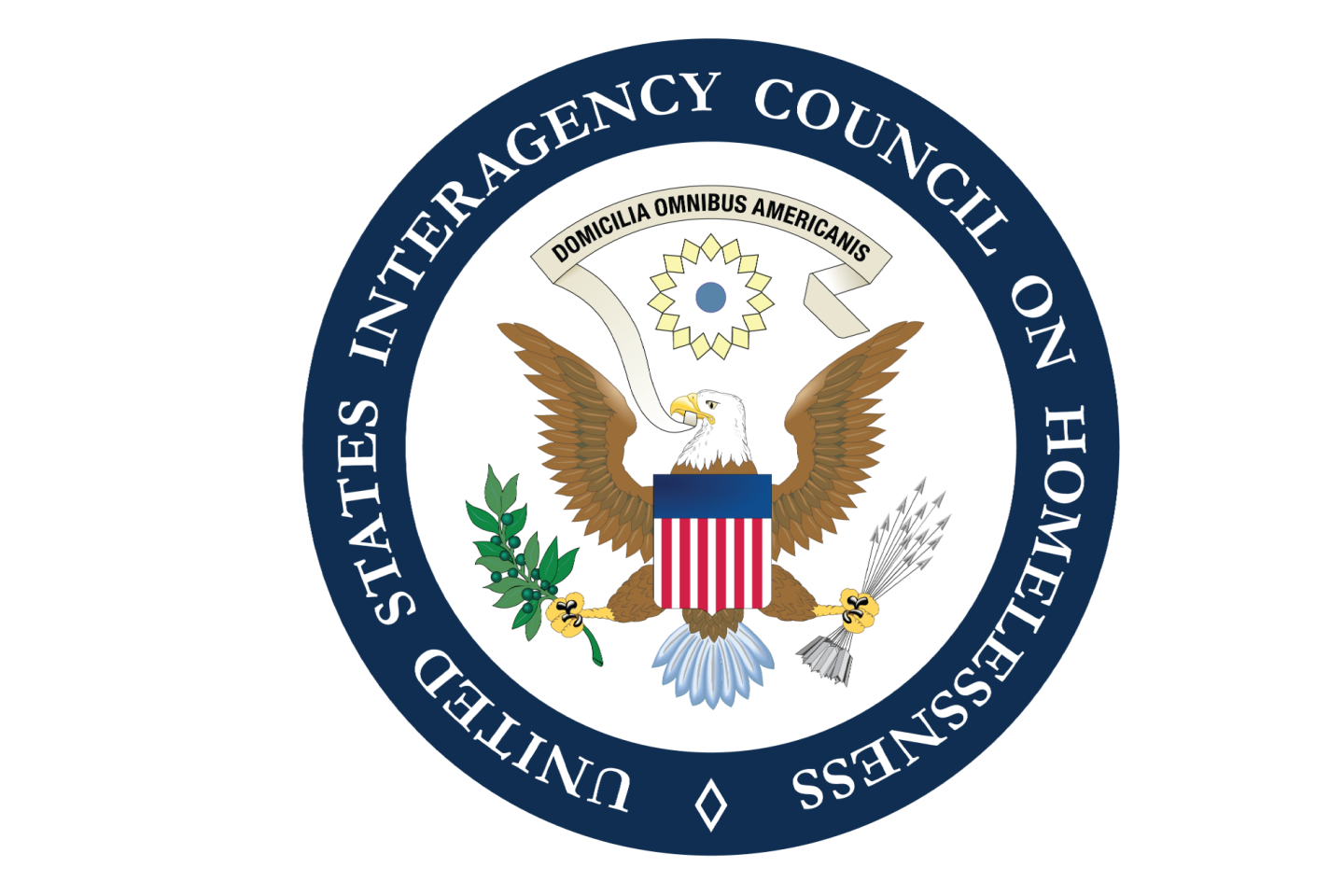COMMUNITY SPOTLIGHT: Integrating Health Care Into Encampment Response
This is one of the first in a series on alternatives to criminalization that are humanely and effectively helping people move off streets and into homes. Read other alternatives to criminalization at usich.gov/encampments.
Housing is health, and without it, people struggle to survive. Many people experiencing homelessness die of preventable or treatable illnesses. While communities work to help people overcome homelessness, it is critical to offer basic and life-saving health services to people living in encampments and to continue treatment and services after they move into shelter or housing.
Living unsheltered presents dangerous conditions for any person, but some people have medical conditions that put them at higher risk for death and other negative health outcomes. This includes people with mental health or substance use disorders, people with disabilities, people who are older, and people who have one or more chronic or acute condition, including neurological disorders like traumatic brain injury.
Last month, the U.S. Interagency Council on Homelessness released 19 Strategies for Communities to Address Encampments Humanely and Effectively. Two of the 19 strategies urge communities to provide basic health care to all while addressing unique needs of people with chronic and acute health conditions.
No community has all the solutions—or the resources to meet every need—but many communities are undertaking promising practices that are having positive results. One such area is in San Diego County and their integration of health care into encampment response.
Here’s how Barbara Jiménez, community operations officer for the San Diego County Department of Homeless Solutions and Equitable Communities, explains their approach:
At the heart of our challenge to help people move into stable housing lies the need to provide person-centered, trauma-informed support to people experiencing homelessness. A vital part is bringing health-care resources directly to the people—regardless of where we encounter them.
In 2021, the San Diego County Health and Human Services Agency established the Department of Homeless Solutions and Equitable Communities (HSEC) to lead regional work to end homelessness. A big part of that was developing regional homeless services teams to provide direct outreach and case management to people experiencing homelessness. These teams are an essential lifeline made up of outreach and social workers in combination with public health nurses and licensed mental health clinicians as well as other outreach partners. Together, they visit encampments, connect people to housing assistance and wraparound services, and provide on-site health care—from hygiene kits and vaccinations to harm reduction tools and direct referrals to doctors. This care can be life-saving for people who likely would not receive it anywhere else.
By using county-wide technology, teams engage encampment residents and with their permission can review medical and referral history to personalize case management plans and offer new resources. They help people complete applications for food assistance, Medicaid, and other programs important for improving health and stability. The embedded mental health clinician suggests appropriate evidence-based interventions. Our work not only addresses immediate health concerns but also fosters autonomy and well-being, paving the way for more effective and sustainable interventions.
Our team knows few bounds. San Diego County is large and sprawling. Some encampments are in remote and environmentally-sensitive areas—such as riverbeds—where people may be exposed to climate and environmental hazards to health and safety. Our teams lace up their hiking boots multiple times a week and venture out to these hard-to-reach encampments. In 2023, HSEC—in partnership with multiple cities—secured $22 million in state funding to specifically address persistent encampments in specific riverbeds.
HSEC also led the efforts to successfully close the “Magnolia Encampment” in less than three months. During that period, teams distributed 219 hygiene and 178 Narcan kits, administered 48 vaccines, and connected more than 103 people to shelter and housing. The encampment is now an overnight safe-parking shelter run by a county contractor.
Our collaborative approach includes working with other jurisdictions and agencies. It recognizes that no system or jurisdiction can alone respond to the crisis of homelessness. It is about more than providing temporary relief. It is about holistically addressing the complex health, housing, and other needs of people experiencing homelessness. It is about fostering empathy, dignity, and resilience for people on their journey to safe and stable housing. Each interaction moves us closer to our goal of living in a place where every person has a place to call home.
USICH is looking for effective, innovative, and humane ways communities on the East Coast are implementing one or more of USICH’s 19 encampment strategies. Submissions are due June 14.



